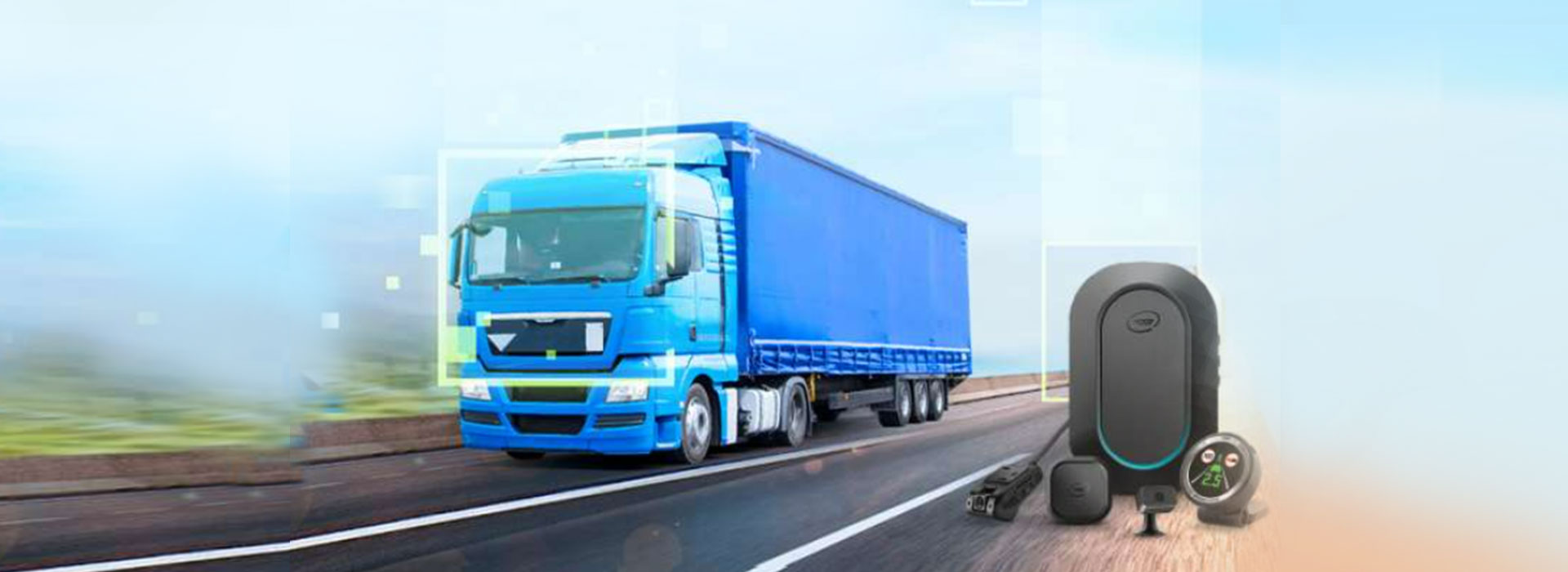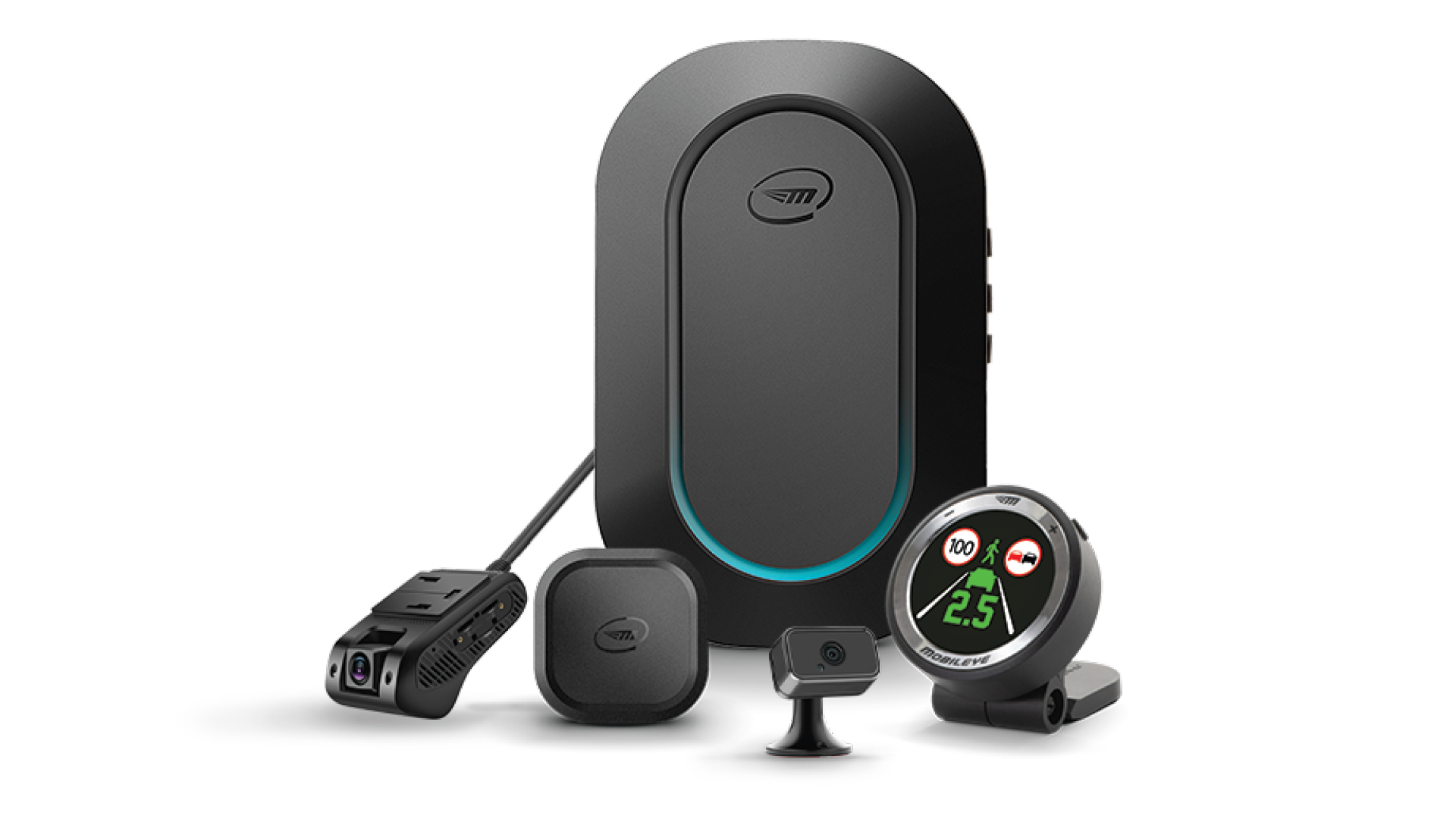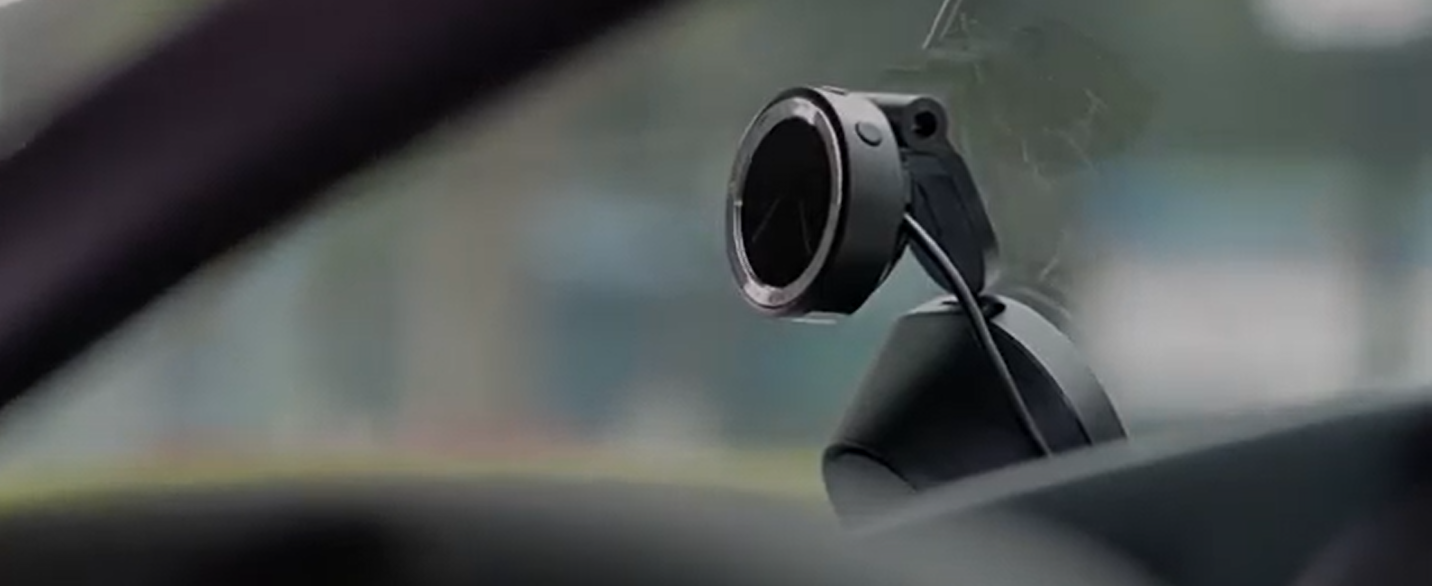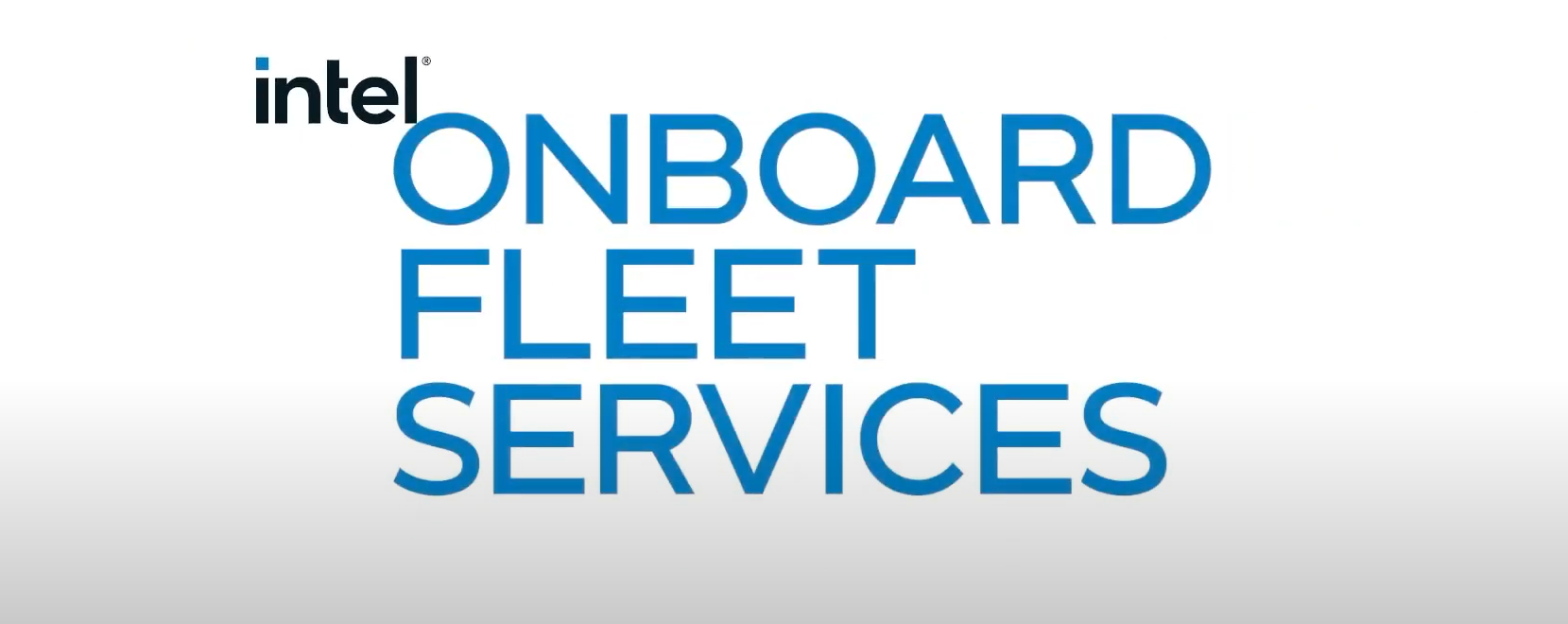HAVE QUESTIONS?
We are always here to answer them. Some frequent ones being...
Driver assist systems (like ADAS and DMS) does more apart from preventing “accidents”.
1) it helps reduce “incidents” as well. Incidents are classified as minor accidents, fender-benders etc which contributes to lot of downtime/delays and possible police/legal implications.
2) These devices and the near-misses/warnings it captures helps to instill a safety culture in your organization.
This is the best possible time that we recommend after numerous studies and empirical evidence. The study that we did to arrive at these numbers conform to EuroNCAP (EU) and NHTSA (USA) forward collision warning device test protocol. In simple words it is optimized for driver population covering all ages and genders and calculating their response times to a warning.
The most important aspect of any ‘Warning system” is to reduce spurious warnings. Our solution is the “world’s best” in reducing unnecessary warnings. Our solution warns only if our statistical model predicts an accident once some object is detected by our Vision system in the collision zone. This considers the relative velocity of this vehicle and the vehicle in front.
Several studies done by big 3 automotive OEMs and road safety agencies like NHTSA set 2.7s to 3.5s as a healthy range for human response. Anything more than 4 will result in too many warnings.
Third, the system has urban and highway modes which also help in reducing spurious warnings (for example urban FCW and LDW work only when speed is greater than 55kmph).
Finally, in most situations the vehicle in front is also braking, and hence what is to be considered is the driver initiation of corrective action on time.
The system can analyze the relative speed and the relative distance of the vehicles involved and accurately represent the same in Time-To-Collison Metric (TTC). Several studies done by big 3 automotive OEMs and road safety agencies like NHTSA set 2.7s to 3.5s as a healthy range for human response. Anything more than 4 will result in too many warnings.
Hence the system is smart and builds on its historical knowledge, size of vehicle, type of vehicle, momentum of the vehicle, etc. with AI’s deep learning built-in allowing it to develop its own algorithms, training itself with no human intervention.
The device can see as well as the human eye can. Difference is that it is ‘always seeing and monitoring’ without a break. It is intended to alert the driver when the driver gets distracted or is not paying attention to the road in front. The device is certified to work well in night conditions with the assumption that there is at a bare minimum light from the headlamps. The device works even in environments as low as 10lux. In extreme fog conditions where the visibility is almost nil, the device will also not be able to see. It can generate an alert that its functionality is hampered and this can be used to verify if a driver is driving in unsafe conditions.
Since this is a forward collision warning device, only forward collision is covered. However, following points are worth noting:
In our own studies in India and studies done independently by STUs in India, it has been found that forward collisions form a lion’s share of deadly accidents involving heavy vehicles (close to 70% in many cases). So it makes sense to cover this first.
Of course we have tech to cover the sides with multiple cameras, but as you might imagine it will add to the cost and Intel is striving to bring such technology in the future
The device is portable. But having said that, every install requires a detailed calibration process to ensure that the high levels of accuracy needed for this system to function is maintained. This can only be done by trained engineers and approximately requires 1-1.5 hrs. So, although occasional movement is possible, it cannot be done on a regular basis.
The installation does not cut or tamper with any wires in the vehicle. The system does require access to some CAN data. For this purpose, a non-intrusive CAN Sensor is placed on top of the CAN wires and it can non intrusively read the data. Battery and ignition connections are done via fuse taps.
The core technology in the device is the same that is used in Driver Assist Systems with Activation used in a lot of the large OEM’s. But since this is an after-market system, we do not want to tamper with any of the vehicle systems which would be needed to enable Active interventions like AEB (Automated Emergency Braking). We are the market leaders in both active and passive collision avoidance systems. We believe, as the leader of vision technologies for Indian driving conditions, warning systems are best suited and give much better results in terms of accident avoidance. Activation systems will have undesired effects like spurious applications of brakes etc.
On the hardware level we currently have a standard integrated offering between Mobileye and Intangles Telematics device. We do offer integration via API’s at the cloud level
If it is a strategic customer and the opportunity is large, we can look at potential options that can work for both parties



.svg)
.svg)



